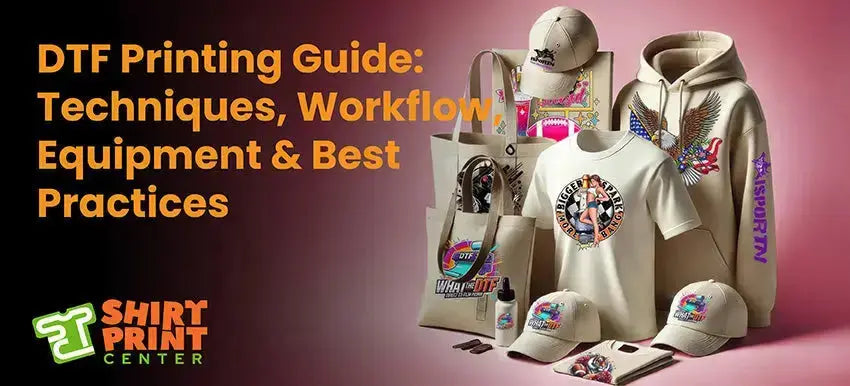Direct-to-Film (DTF) printing is an innovative method of transferring high-resolution graphics onto various substrates using a specialized printer that deposits ink onto a clear PET film, followed by the application of a hot-melt adhesive powder and curing. Unlike Direct-to-Garment (DTG) printing, which inks fabric directly, DTF transfers allow you to pre-print, store, and later apply designs, offering unmatched flexibility and color vibrancy.
DTF Transfers Ready to Press: The Ultimate Guide
DTF transfers ready to press are becoming the go-to solution for t-shirt printing enthusiasts and professionals alike. Their vibrant designs, durability, and simplicity make them stand out from traditional methods like sublimation or iron-ons. Whether you're a beginner or a seasoned pro, understanding the ins and outs of these transfers can help you achieve flawless results every time.
In this guide, we’ll walk you through what DTF heat transfers are, how to use them, how they compare to other methods, and tips to get the best outcomes. If you're ready to upgrade your shirt printing game, stick around—this one’s for you!
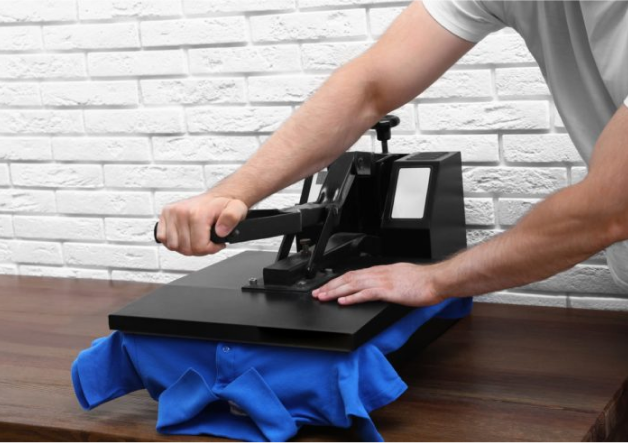
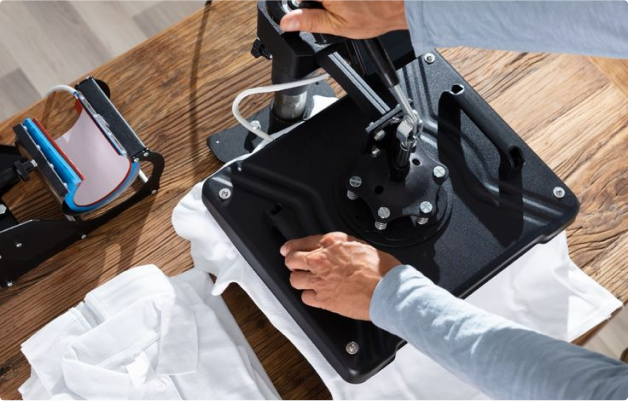
What Are DTF Transfers and How Do They Work?
DTF (Direct-to-Film) transfers are a versatile printing method used to apply high-quality designs to fabrics. The process involves printing designs onto a special film using a DTF printer, coating the design with adhesive powder, and curing it.
These transfers are particularly popular because they don’t require pre-treated garments and work on a variety of fabrics, including cotton, polyester, and blends. Once the transfer is ready, it’s pressed onto the shirt using heat, leaving a smooth, vibrant, and durable print.
What Does "DTF Transfers Ready to Press" Mean?
When a DTF transfer is labeled as “ready to press,” it means the design has already been printed, powdered, and cured. All you have to do is place it on the fabric and press it using a heat press. This eliminates the need for extra equipment or preparation, making it ideal for quick and efficient t-shirt production.
How Are DTF Heat Transfers Made?
The process of creating DTF transfers includes:
- Printing: The design is printed onto a special PET film using a DTF printer and vibrant ink.
- Powdering: An adhesive powder is applied to the wet ink to help it adhere to fabrics.
- Curing: The powdered design is heated to melt the adhesive and set the design.
- Ready to Press: Once cured, the transfer is ready to be applied to a garment using a heat press.
Why Choose DTF for T-Shirt Transfers?
There are several reasons why DTF heat transfers are a top choice for custom t-shirts:
- Versatility: They work on almost any fabric, including dark colors.
- Durability: The prints are long-lasting, even after multiple washes.
- Easy Application: No pre-treatment or extensive setup is required.
- Vibrant Results: DTF transfers produce bright and detailed designs.
How to Press DTF Transfers Step-by-Step
Pressing DTF Transfers: A Detailed Guide
Follow these steps to press t-shirt transfers ready to press for the best results:
- Preheat your heat press to the recommended temperature.
- Place your t-shirt on the press, ensuring it’s flat and wrinkle-free.
- Position the DTF transfer on the shirt, design side down.
- Cover the transfer with parchment paper or a protective sheet.
- Press for the required time and temperature (details below).
- Let the transfer cool if it’s a cold peel or peel immediately for hot peel designs.
Recommended Heat Press Settings for DTF Transfers
- Temperature: 300°F – 325°F
- Pressure: Medium to firm
- Time: 10-15 seconds for the first press, 5-10 seconds for the second press (if needed)
Optimal Temperature and Time for Pressing
For custom DTF transfers, stick to the manufacturer’s recommendations, but as a general rule:
- Use 305°F for 15 seconds for most fabrics.
- Always test on a scrap piece before pressing the final garment.
Can DTF Transfers Be Ironed On?
While it’s possible to use an iron for DTF heat transfers, it’s not recommended for professional results. Irons can’t provide consistent heat and pressure, which are essential for proper adhesion.
Heat Press vs. Iron: Pros and Cons
- Heat Press: Provides even heat and pressure, ensuring long-lasting prints.
- Iron: Convenient but less reliable for durable results.
Compatibility of Cricut Heat Press with DTF
Yes, a Cricut Heat Press can work for DTF transfers, but you’ll need to adjust the temperature and pressure settings carefully.

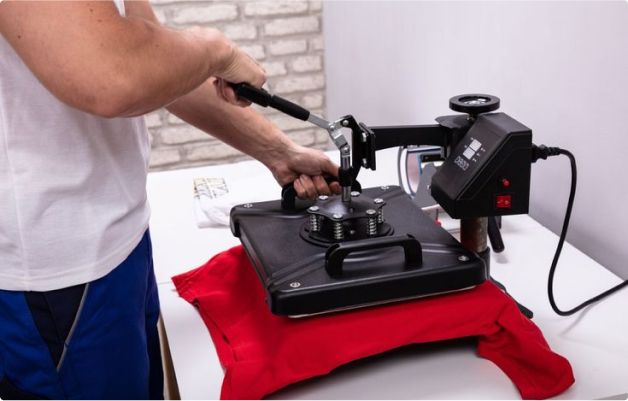
Preparing for DTF Heat Transfers
Peeling DTF Transfers: Hot or Cold?
DTF transfers can be either hot peel or cold peel, depending on the product. Always check the instructions to avoid ruining the design.
Double Pressing: Is It Possible with DTF Transfers?
Yes, double pressing can enhance the durability of the print. After peeling, press the shirt again for 5-10 seconds to lock in the design.
Optimal Press Time and Fabric Choices for DTF Transfers
The press time varies based on the fabric, but 10-15 seconds works for most materials. Cotton, polyester, and cotton/poly blends are the best choices for DTF transfers.
Common Issues with DTF Transfers and Solutions
Troubleshooting DTF Transfer Adhesion Problems
Adhesion issues can occur due to incorrect heat, pressure, or time settings.
Adjusting Heat Press Settings for Better Adhesion
- Increase pressure slightly for thicker fabrics.
- Recheck the temperature and time settings based on the fabric type.
Handling Cracks and Peels in DTF Transfers
Cracks and peels often result from overheating or poor storage.
Preventing Overheating and Ensuring Longevity
- Avoid pressing at temperatures higher than recommended.
- Store DTF transfers in a cool, dry place.
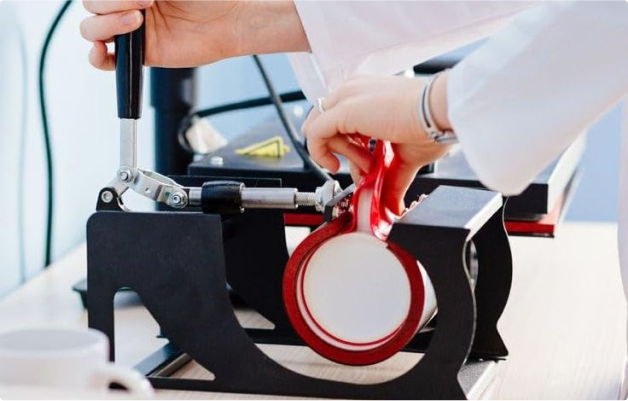
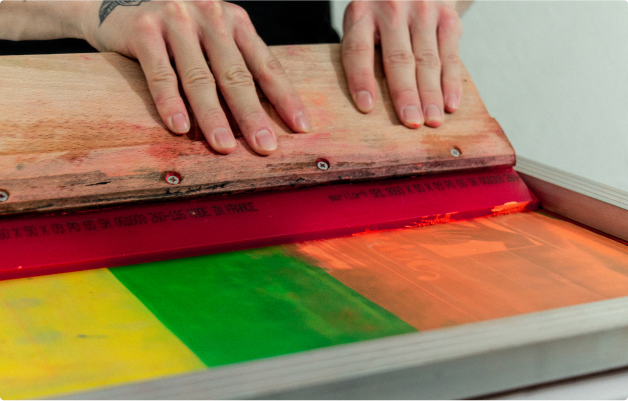
Comparing DTF Transfers with Other Methods
DTF vs. Sublimation
- Durability: DTF transfers last longer, especially on dark fabrics.
- Versatility: DTF works on more fabric types than sublimation.
DTF vs. Iron-On Transfers: Differences and Suitability for Materials
Iron-on transfers are simpler but lack the professional quality and durability of DTF.
Durability and Longevity of DTF Transfers
Wash Durability of DTF Transfers
DTF heat transfers hold up well in the wash. To maximize longevity:
- Turn garments inside out.
- Use cold water and mild detergent.
Care Tips for Extending Lifespan of DTF Apparel
- Avoid high-heat drying.
- Do not iron directly on the design.
Storage and Maintenance of DTF Transfers
Proper Storage Practices for DTF Transfers
Store transfers in a dry, dust-free environment, away from sunlight.
Advanced Techniques and Applications of DTF Transfers
Innovative Uses of DTF Transfers on Various Surfaces
DTF transfers aren’t just for t-shirts! They can be used on hats, tote bags, and even wood or glass surfaces with the right technique.
Custom DTF Transfers and Commercial Options
Sourcing Custom DTF Transfers
For high-quality, custom DTF transfers, trust local businesses like Shirt Printing Center in Katy, Texas, serving Houston and surrounding areas.
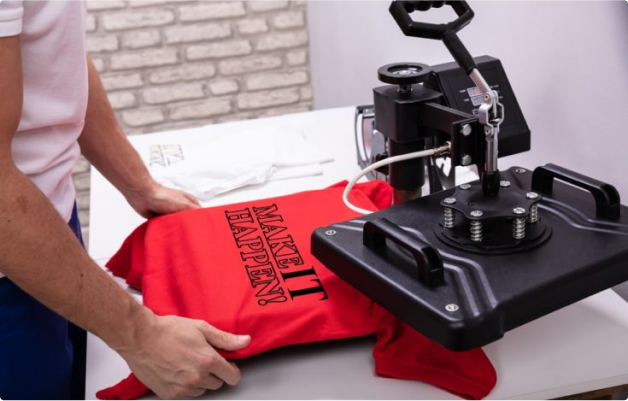
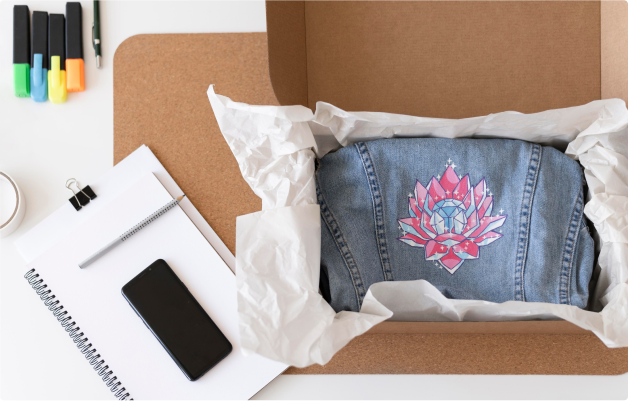
Conclusion and Final Thoughts
DTF transfers ready to press offer unmatched versatility, durability, and vibrant results. With the right techniques and care, your custom t-shirts and other projects will stand out for years to come. Whether you’re starting a t-shirt business or crafting for fun, DTF is the way to go!
